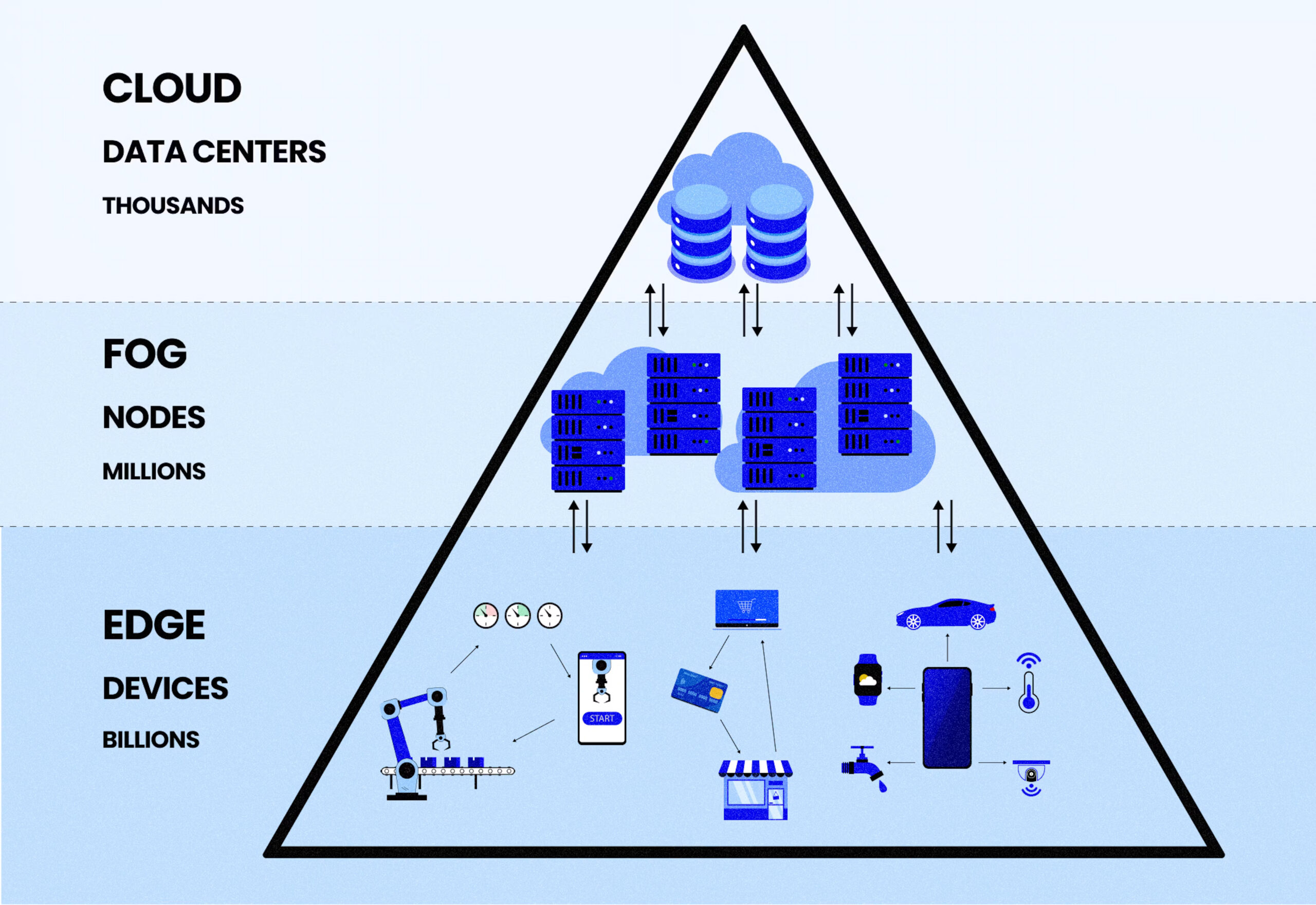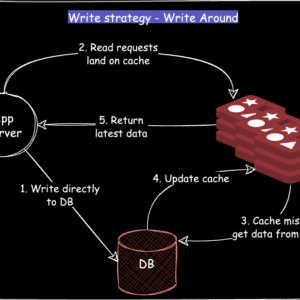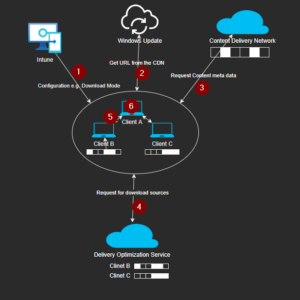Description
Our IoT Edge Data Aggregation System is designed for industrial, smart city, and remote IoT environments where real-time data ingestion must happen close to the source. We implement solutions using MQTT, Kafka Edge Connectors, Azure IoT Edge, or custom-built services in Python, Rust, or Go. These systems aggregate telemetry from sensors, meters, and connected machines—filtering, deduplicating, and preprocessing the data before sending compressed packages to cloud or enterprise systems. Edge logic can include rule-based actions, anomaly detection, or even ML inference (using TensorRT, ONNX, etc.). We handle device onboarding, network resiliency (offline buffering), secure communication (TLS, VPNs), and health monitoring. Whether it’s managing thousands of IoT endpoints in agriculture, manufacturing, or energy sectors, our edge aggregation system ensures reliable, real-time, and efficient data handling in bandwidth- or power-constrained settings.







Wale –
Our localized edge data aggregation system has significantly improved our operational efficiency. The reduction in cloud load is noticeable, and the latency improvements have enabled real-time decision-making. The system’s ability to handle intermittent connectivity is crucial for our remote deployments, ensuring continuous data collection and minimal downtime. This solution has been a valuable asset to our organization.
Hani –
Our new IoT Edge Data Aggregation System has significantly streamlined our data workflow. The reduction in cloud load is noticeable, and the improved latency allows us to react to real-time data much faster. The ability to maintain data integrity even with intermittent connectivity has been invaluable. This system has definitely improved our operational efficiency.
Effiong –
Our experience with their IoT Edge Data Aggregation System has been excellent. The system seamlessly integrates with our existing IoT infrastructure, providing significant improvements in data processing speed and reliability. The reduction in cloud dependency is particularly valuable, allowing us to maintain operations even with unreliable network connections. The system’s ability to preprocess data at the edge has also lowered our bandwidth costs and improved the responsiveness of our applications.